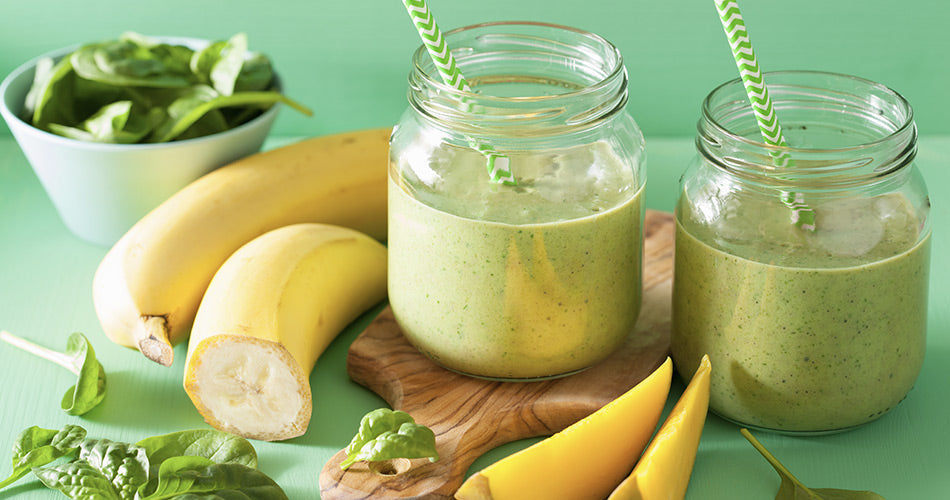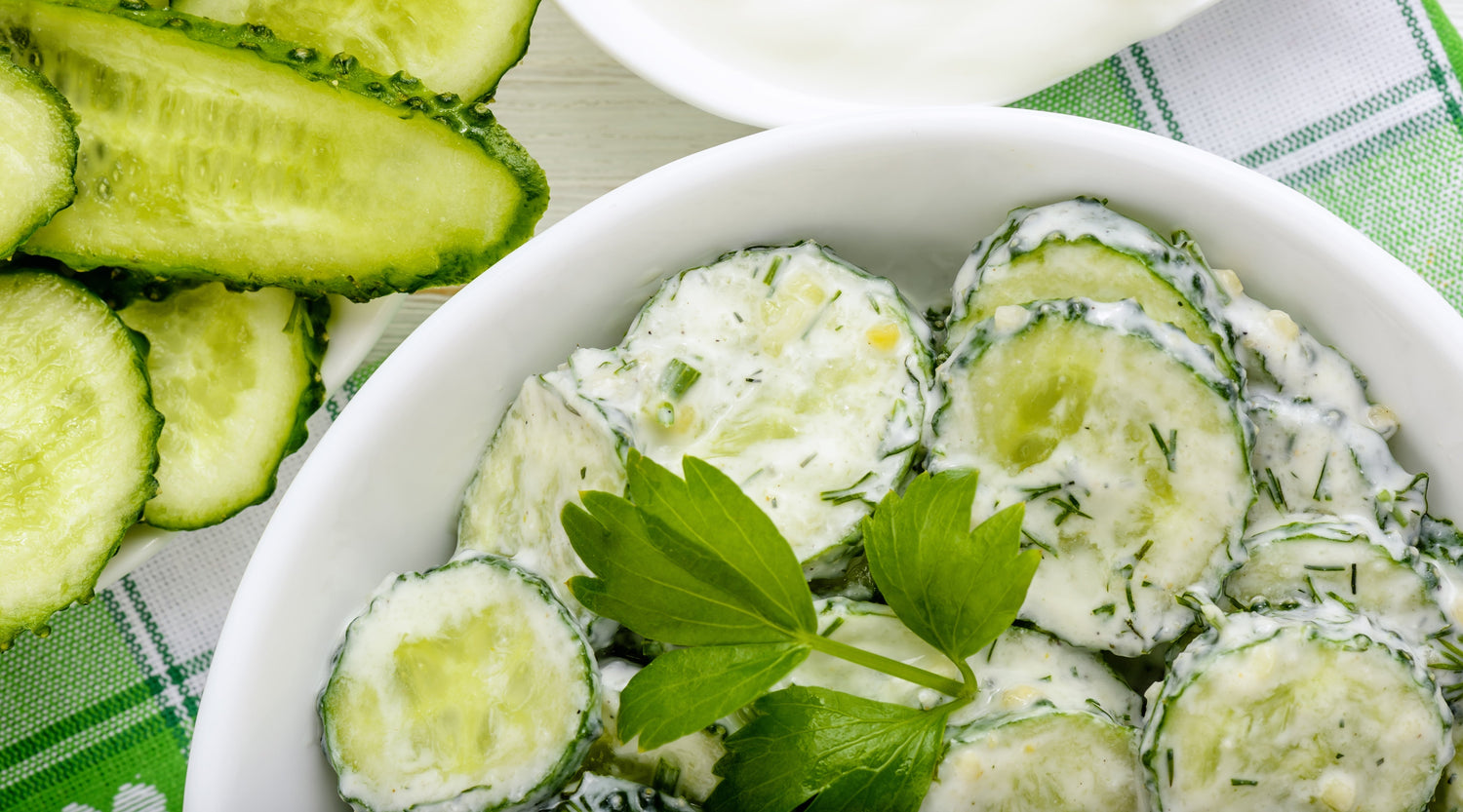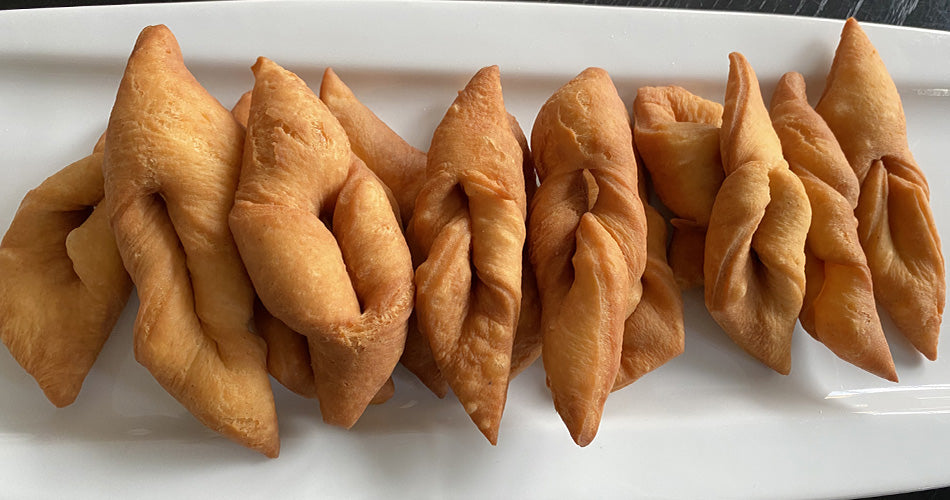When I started my company, just björn, I was on a mission to introduce people in the U.S. to a product that had helped me so greatly with my joint pain. I was amazed to find that hydrolyzed collagen made from the skin of wild caught Cod could have so many positive effects. Not only did it help with joint pain, but was also good for skin hydration, gut health, hair and nail growth, etc. To think that we used to throw the skin away is just mind boggling to me. But the idea of just björn is not around collagen alone. I want to focus on introducing products from the Nordics that support health and good nutrition. But why Iceland and the Nordics - what is so special about this source?
There are many factors that contribute to the health of a country’s population. The residents of developed countries tend to be healthier overall than those of developing countries. Developed countries offer a quality of life that supports better health, where the factors such as low pollution, good infrastructure, greater access to quality health care, higher education levels, good secure jobs, nutritious food, and safe drinking water are prioritized and play a part. Across all the developed countries, people’s health and wellbeing is largely dependent on diet and access to good healthcare. According to the Bloomberg global health index from 2019, most Nordic countries rank in the top 25, with Iceland at #3, Sweden #6, Norway #9, Finland #14 and Denmark #25. In comparison the US is ranked 35th.
The countries with the highest rankings all have something in common - their diet is high in healthy fats, fruits and vegetables, more fish than red meat, and less processed foods. Also, when it comes to exercise it is not always the amount of time you spend in the gym, but sometimes how you get to work. Walking, biking, exercising outdoors, and wellbeing are heavily linked to activities like hiking and biking to work.
Some of the reasons the Nordics are one of the healthiest regions in the world are:
1. Outdoor Life
We have a saying in Iceland, “there’s no such thing as bad weather – only bad clothing”. Outdoor life not only improves your physical health, it also does wonders for your mental health and emotional well-being. During the summertime Scandinavians do a lot of hiking, biking, kayaking, and fishing, not to mention all the swimming that takes place in the hundreds of geothermal swimming pools in Iceland.
2. Diet
Scandinavians have managed to refrain from the conveniences of the western style diet to stay true to more time-honored culinary traditions. They consume diets that include considerably fewer processed foods that are lower in unhealthy fats, and higher in fruits and vegetables, fiber, and lean proteins.
3. Health-focused Government
The countries in Scandinavia have universal healthcare, making it easier and more affordable to go to the doctor, which minimizes the stress related to the financial burden associated with long term illness. Many governments in Scandinavia have vowed to reduce sugar consumption with sugar taxes.
4. Work-life Balance
Norwegians offices rarely stay open after 4pm. Many of the Scandinavian countries have paid maternity and paternity leave. Employers are required by law to offer 23-25 days of paid vacation per year, plus public holidays, so it is not uncommon for people to take an entire month off from work during the summertime. During this time, business slows down and people rarely check their email.
Understanding the benefits of the Nordic diet
Growing up in a small fishing village in Iceland, with my dad being a fisherman, we would have fish 4-5 days a week. My mother would cook everything from scratch, there was no fast food, and hardly any sugary drinks. That was our diet then, and for the most part, it still is. The Nordic diet focuses on whole foods that are typically found in Nordic regions like Norway, Denmark and Iceland. It is mostly seafood and plant-based, seasonal foods that are high in protein and complex carbohydrates. The benefits are reduced inflammation, reduced risk of type 2 diabetes, cancer, and heart disease, that it lowers cholesterol and blood pressure, and helps maintain healthy body weight.
My personal focus has always been on following the Nordic diet, cooking from scratch like my mother did, cooking whole foods with fresh ingredients, a lot of fruit and vegetables, low fat dairy like Skyr, and fatty fish like salmon, tuna and herring. I feel healthy, and this is the diet I try to provide to my kids. We talk to them a lot about the importance of good health, nutrition, good food and exercise, and I feel they are slowly understanding why.
Good health is a privilege. I was privileged to be born in Iceland in 1973. I was healthy growing up because of the simplicity and the construction of the Nordic diet we had. When I became an adult, I realized the importance of knowledge about how we care for ourselves, and personal choice. You can decide to be healthy. It is your decision what to eat or drink and whether you exercise or not. If you made the decision to be healthy early on – great! But if not, it’s never too late to change course.
Please send me a note if you are interested in the construction of the Nordic diet, or if you have any food related questions.






